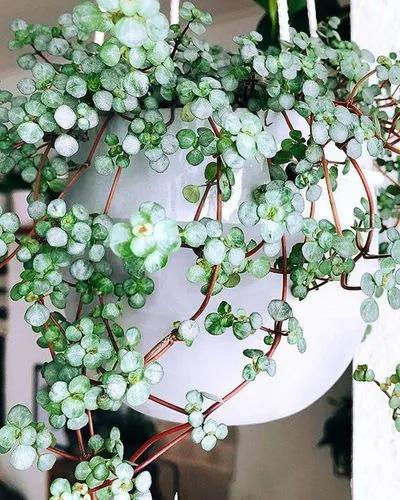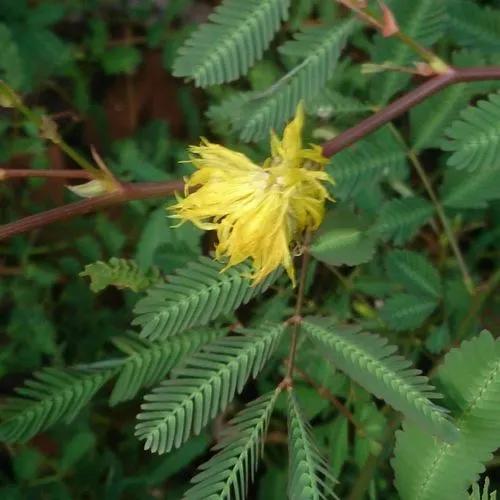This glossy succulent is one that will surely be a pop of color in your leafy plants garden. Its long sword-like leaves take three, sometimes four colors at once: green, pink, cream, and dark violet, and they can grow up to 1-foot height (30 cm). You’re definitely in for an exotic show with this one.
Moses in the Cradle Care
Tradescantia spathacea



Moses in the cradle is a succulent plant native to Central America, and it sure has a lot of names that you can find it by: boat lily, cradle lily, Moses in the basket, Moses-in-the-bushes, rhoeo, three-men-in-the-boat or even oyster plant, due to the way its tiny white flowers bloom. The plant grows upright, so its many colors can be seen from above. Moses in the cradle is one of the “easy care” plants that will not give you too much of a headache.
How to Care for the Plant

Water

This plant, like succulents in general, is often harmed by overwatering, so make sure you only keep the soil moist in the hot season, allowing the upper part of the soil to dry before watering again. During winter, let the soil dry completely before watering, as the growth phase is put on pause during this time. Use enough water to make sure the water actually gets to the roots of the plants when watering.

Pruning

Pruning is essential to keep the plant in a nicely-looking form. Because it grows quite fast, pinch the growing tips of the plant, so it maintains its bush appearance. Also, don’t shy away from cutting dead leaves. They all grow back shortly, and this practice keeps the plant’s appearance.

Fertilizer

During spring and summer, feed the plant monthly to ensure proper growth. Don’t over-fertilize it, as it can cause mineralization in the soil, which kills the plant.

Sunlight

This plant requires a lot of light, about 6 hours of light daily, so keep it in a spot where you can make sure it gets enough to grow those beautifully colored long leaves. Less light means less purples and pinks and more greens. Keep it away from direct sunlight, so you avoid burning the leaves.

Soil

Moses in the cradle needs light soil that drains the water easily but keeps the moisture locked in the soil. You can either mix up soil and perlite in equal parts or add sand to the soil to create the ideal soil for the plant.

Propagation

You can propagate Moses in the cradle in three ways: root division, stem cutting, or seeds, but division is the most common and facile way. Divide the parts that grow around the plant from the mother plant, making sure you include the roots, then place in a new pot. Alternatively, you can cut about 4 inch (10 cm) of a stem, then add in water and let it grow roots. Once the roots are grown, place in a new pot.

Temperature

The plant thrives in warm conditions, so although it can survive in temperatures of 55°F (13 °C), the best temperature for Moses plant is 65-80°F (18-27°C). Maintain a constant temperature for it, so keep it away from air heaters, air conditioning, or windows where the cold air can get to it.

Container

The plant grows pretty fast, so you might need to repot it every one or two years. Always use a container that is one size up, as the plant can easily become root bound. Keep in mind that this plant does not like soggy soil, so make sure you have drainage holes on the bottom of the container.

Additional

Although glossy and exotic and apparently innocent, this plant can be harmful to pets in case they scratch on its leaves, causing dermatitis. Keep it out of their reach to be safe.

Popularity

23,282 people already have this plant 4,343 people have added this plant to their wishlists

Common pests

This plant can be home to quite a lot of pests, from aphids to mealybugs, spider mites, and scale, most of them generated by soggy soil. Normal pesticide should scare them away, but also consider changing the soil if the situation gets out of control.

Frequent diseases


Botanist’s tips

Discover more plants with the list below
Popular articles






